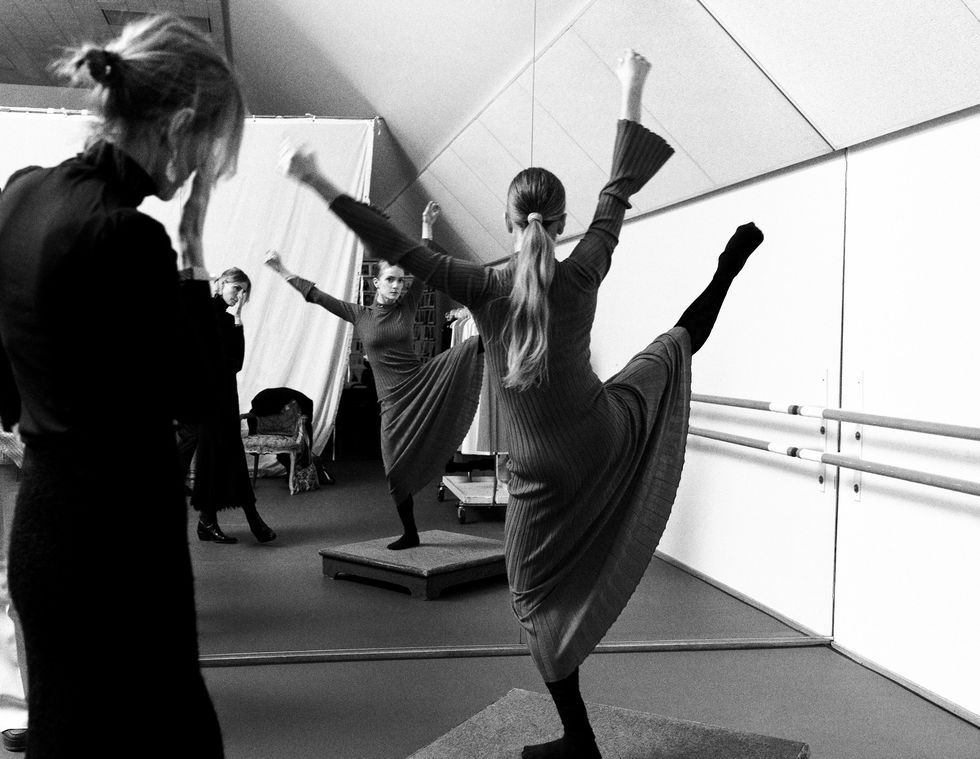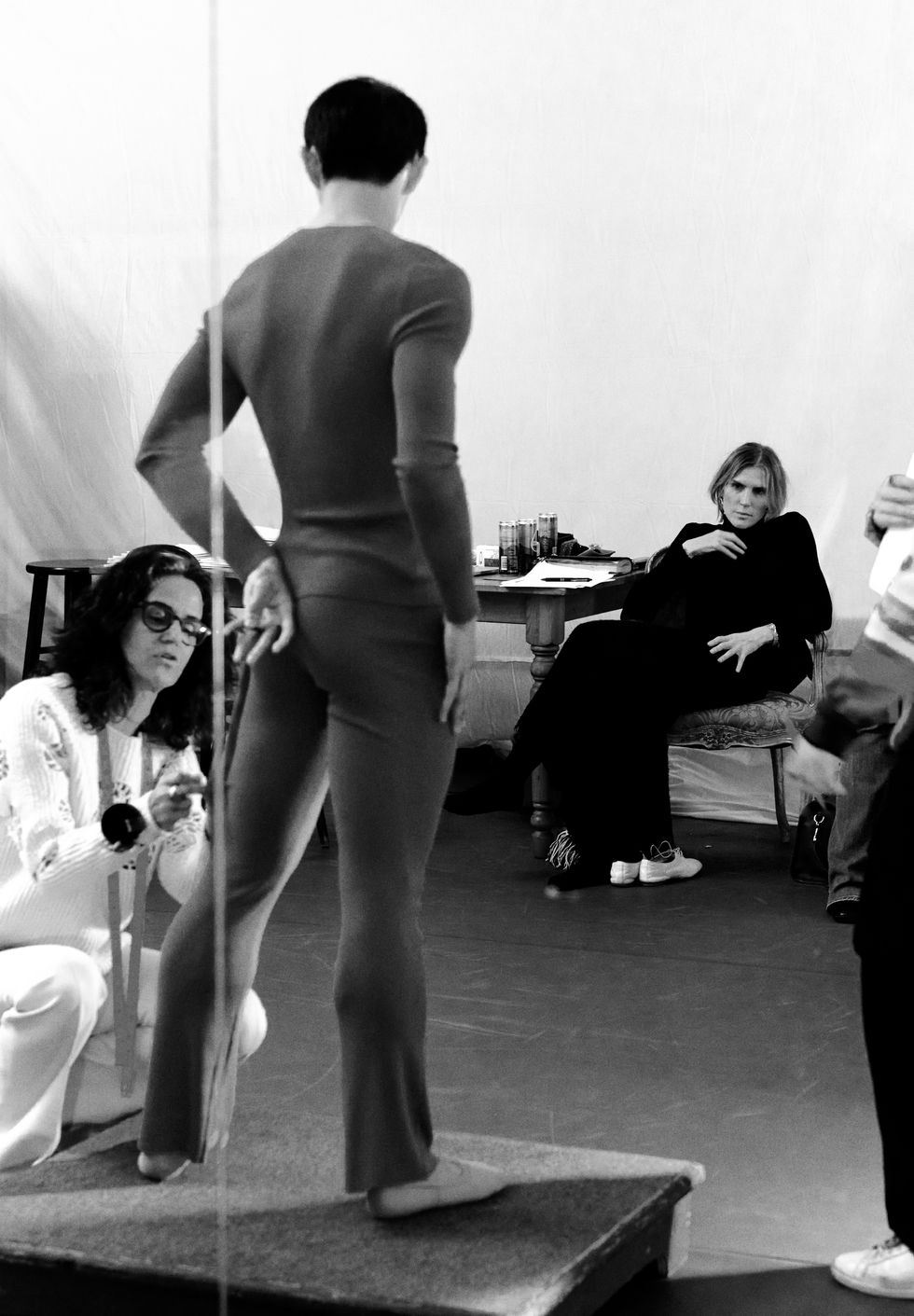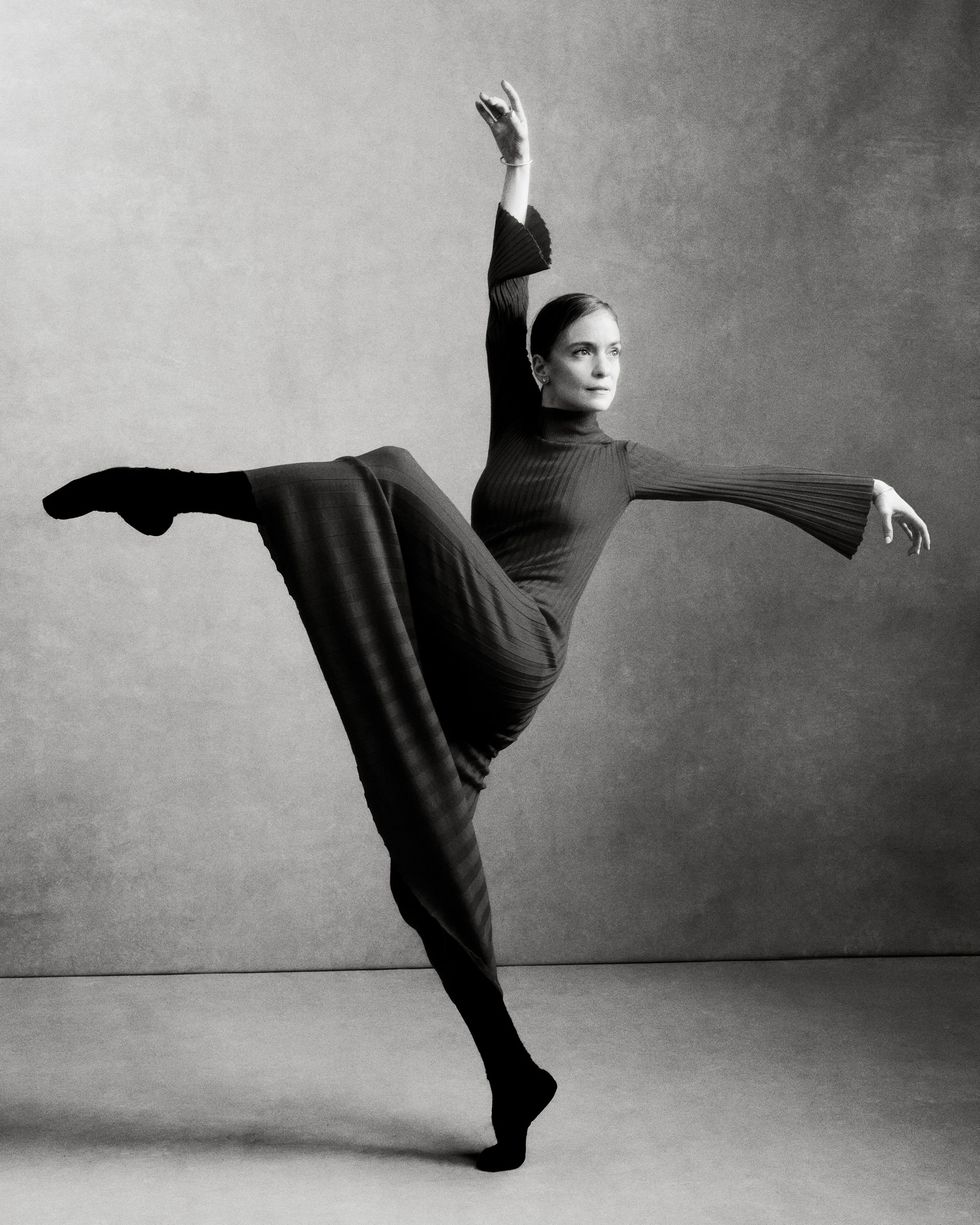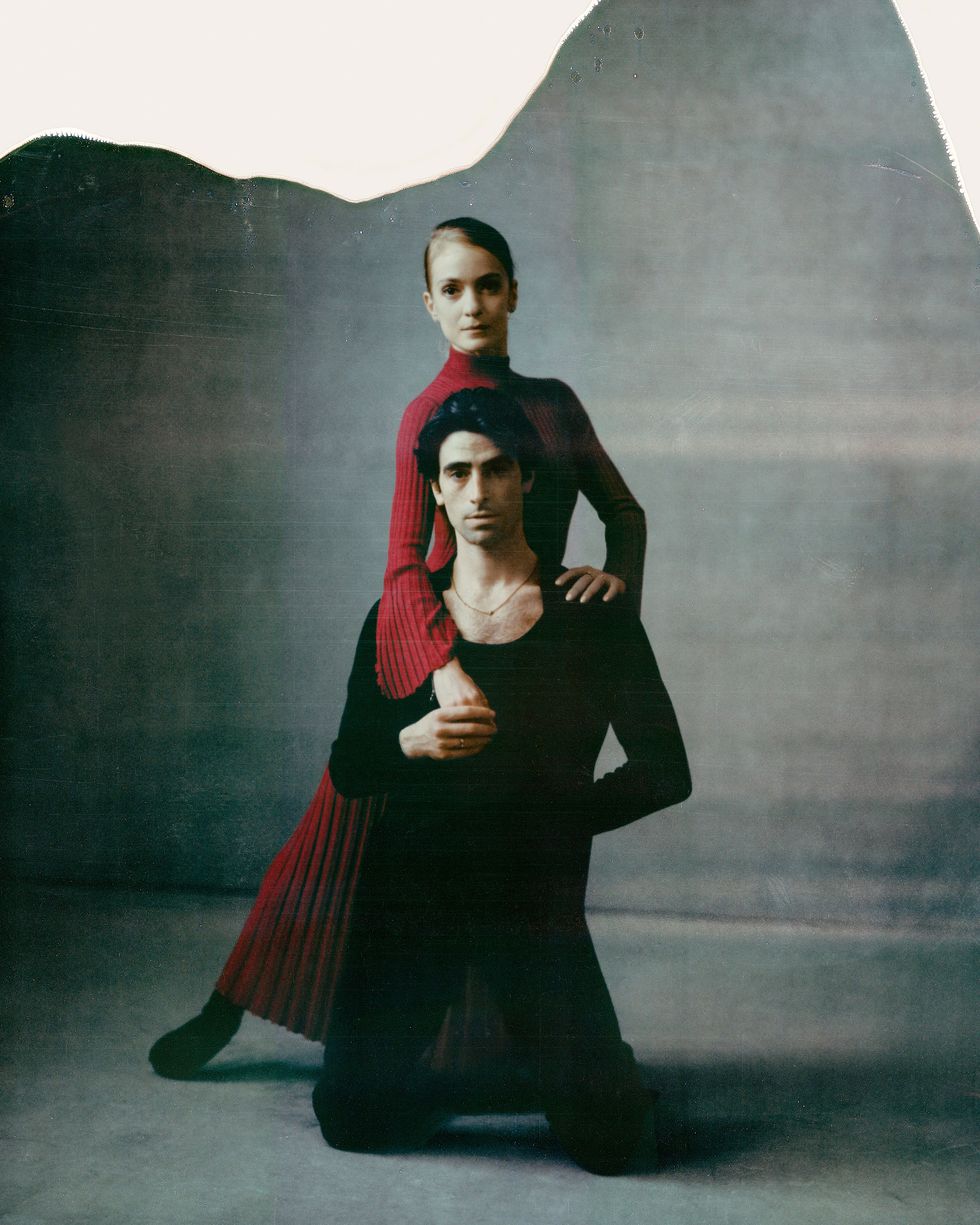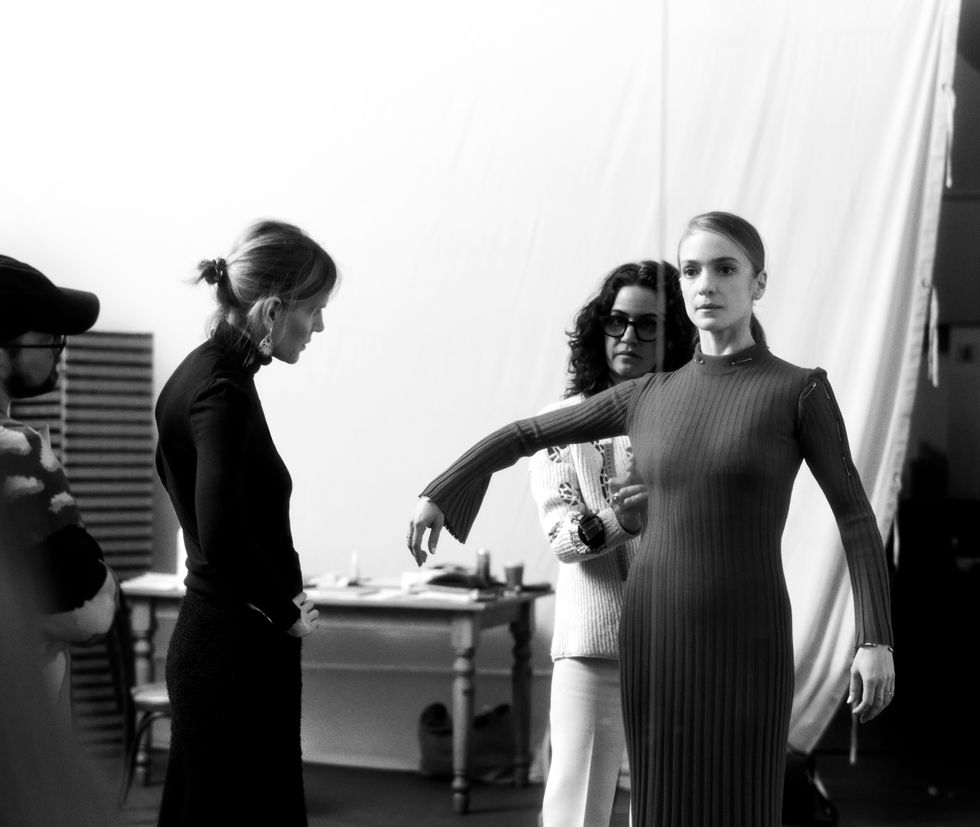When Gabriela Hearst signed on to create the costumes for the San Francisco Ballet’s recent production of Carmen, she understood that she was becoming part of something truly new. The performance was being choreographed by Arielle Smith, who wanted to tell the age-old story from a different point of view, and it would be part of the first season fully curated by the company’s artistic director, Tamara Rojo. Carmen would no longer be a tragic figure, dying for a man (in fact, her love interest in this version is female). The showing also, notably, would be part of Dos Mujeres, the ballet’s first program dedicated to Latin American stories—and part of a historic double bill of pieces by Latina choreographers.
“You have the common language, which is useful,” Hearst says of this approach. She is originally from Uruguay, while Smith is Cuban-British and Rojo is Spanish. “The most important part for me was how to, in an abstract way, convey that. When it comes to the costumes, I had this idea of red, black, yellow, white—these monochrome colors that are very earthy. They feel very Latin American to me,” Hearst says. Smith stressed to her that she wanted the costumes to feel authentic to what the characters would actually wear.
Rojo “[told me] that she had a costume designer in mind and it was a bit left field, someone who is very well known in the design world and wanted to try to push costume design for ballet forward,” Smith recalls. Most of the choreography was finalized by the time Hearst came on board, so she was able to design with the movements in mind. “We decided that the nature of the piece was that it was striking but simple, so there weren’t going to be multiple costume changes, just one bold costume for each character. For the dancers, I think they have that agency to say, ‘I might need a bit of a wider [sleeve for my] hand,’ for instance, because they have to really be able to move. Although it’s amazing to have something so beautiful. What’s incredible about it is that these pieces move so well.”
